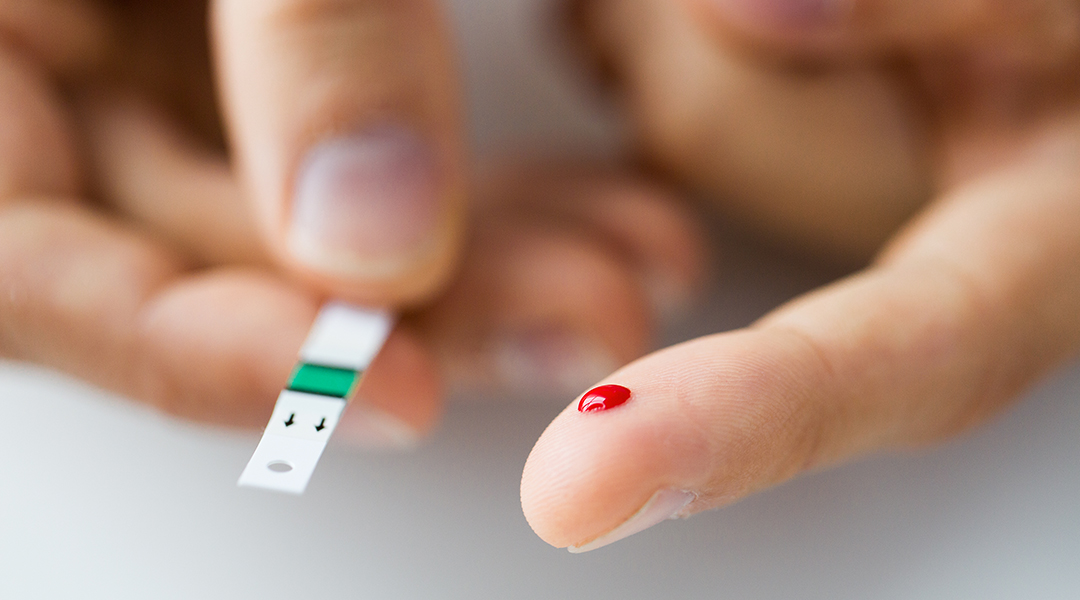Researchers build a biodegradable mini-capacitor that consists of carbon, cellulose, glycerin, and table salt — and it works reliably.


Researchers build a biodegradable mini-capacitor that consists of carbon, cellulose, glycerin, and table salt — and it works reliably.

Researchers teach robots to make appropriate reactive human facial expressions, an ability that could build trust between humans and their robotic co-workers and care-givers.

This pollen sponge can absorb oil contaminants, such as gasoline and motor oil, at a rate comparable to commercial oil absorbents

The “metal-eating” robot can follow a metal path without using a computer or needing a battery.

Electronics-free DraBot uses air pressure, microarchitectures, and self-healing hydrogels to watch for changes in pH, temperature, and the presence of contaminants.

Researchers recreate the somatic nervous system in robots, allowing them to convert feeling into movement under different stimuli.

“Cool gadgets” takes on new meaning as scientists develop a radiative cooler that keeps wearable device temperature down, even under direct sunlight.

A liquid-based, solar-powered soft robot has this writer dreaming of its potential applications in space explorations and beyond.

A new fabrication method allows researchers to create ultra-thin OLED materials that can be applied to the skin using temporary tattoo paper.

Graphene-based biosensors incorporated in arrays of microneedles are emerging as an alternative to hypodermic needles and could be the next generation of blood sampling devices.